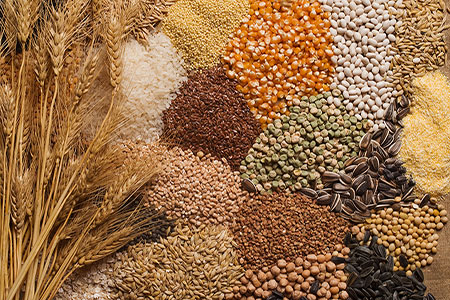



Article by: Hari Yellina
Harvest growers in Australia are facing unprecedented levels of risk as they plan their planting strategies for the 2022 crop. While grain prices are reaching record highs, farmers are anxious about the similarly astronomical costs of inputs, which include fuel, fertiliser, and essential herbicides, all of which are at all-time highs. Wes Lefroy, a senior agricultural analyst at Rabobank, said the breakeven tonnages showed a significant rise in risk this season. Mr Lefroy added, “This year’s breakeven wheat tonnages in NSW are up 33%, and the figure in Western Australia is up 25%.” Fuel prices have risen dramatically as a result of the situation in Ukraine.
Mr Lefroy noted that as of March 11, terminal gate diesel prices, as recorded by the Australian Institute of Petroleum, had reached their highest level on record by a significant margin. “Prior to then, we had seen higher prices in 2008, but at 211 cents a litre in Sydney, which is reflective of pricing across the country, we’ve comfortably past the $1.82/litre we saw in July 2008.” Sydney’s end-of-week number increased by a stunning 34c/litre, or 19%. The input cost shocks that followed the outbreak of the Ukraine war could not have arrived at a worse moment for Australian farmers.
Farmers will be completely exposed to price rises as orders for winter crop inputs such as fuel and fertiliser are currently being placed. “The phosphorus is probably already organised,” Mr Lefroy said. However, nitrogen and gasoline are still very much in play, and there is no reason to believe we’ll see a significant decline in oil prices until later this year.” “We’ll see supplies based on current high worldwide prices because over 60% of our urea arrives between March and May.” However, there is some hope that the sharp rise in fuel prices will come to a halt.
“The recent large surges are not going to be sustainable and indicate a short-term rush as the market tries to come to terms with what is happening in terms of supplies,” said Andrew Whitelaw of Thomas Elder Markets. “I just don’t think the talk of prices reaching $3 a litre is going to happen,” he said. Farmers will be at the mercy of retail prices on the day their gasoline is supplied in the short run. “There is no system to forward price gasoline for farmers,” said Brett Hosking, chairman of the Grain Growers Association. “We pay the price on the day it’s delivered, so even if you purchased a week ago, your cost could be significantly higher if it’s delivered today.”
Mr. Hosking stated that there were limited risk management solutions available, either in terms of financial derivatives or the physical ability to store long-term fuel requirements. “There is no true hedging product we can use, and most individuals only have enough storage for a couple of months, not enough to store a year’s worth if there was a good opportunity when prices were low,” says the expert. Many Australian croppers use more than 100,000 litres of diesel per year; however storage capacities range from less than 5000 litres in more accessible places to 40,000 litres for larger operators in more distant areas. The fact that different formulas of diesel are utilised at different periods of the year adds to the confusion.
Due to the waxy substance within the formulation, diesel has a lower cloud point (CP) and cold filter plugging point (CFPP) in the winter, which can cause poor engine performance in cold weather. Moreover, because of seasonal fluctuations in diesel compositions, loading up on supplies in the summer may result in producers having a product that is unfit for use in late autumn or winter planting or spraying.